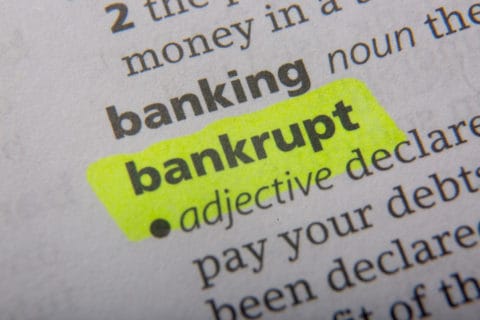Familiarize Yourself with Bankruptcy Basics
If you’re having trouble paying your bills, you might want to consider filing for bankruptcy, an umbrella term for several ways of discharging or reorganizing debts. Read on for an explanation of the basic concepts and stages of bankruptcy.
Filing for Bankruptcy: The Automatic Stay
Filing for bankruptcy triggers the automatic stay, meaning that creditors cannot pursue any debt collection action against you and must cease all wage garnishments, phone calls, and similar actions. The stay is in effect until appealed by a creditor, or until you are granted a discharge. The stay gives you time to make arrangements with the bankruptcy judge and trustee for paying your debts.
Types of Bankruptcy
In general, Chapter 7 bankruptcy liquidates your property (except property you are allowed to keep, known as “exempt property”) and uses the proceeds to pay your creditors as much as possible. Chapter 13, on the other hand, organizes a three- to five-year payment plan through which you will meet your financial obligations. Contact an attorney to discuss which type of bankruptcy fits your situation.
Types of Debt
In bankruptcy, a differentiation is made between secured debt and unsecured debt. Secured debt is tied to property, like cars and homes, while unsecured debt has no collateral. Examples of unsecured debt are credit card debt and medical bills.
Bankruptcy Discharge
After bankruptcy proceedings are complete, you will receive a discharge, or release of responsibility for specified debts. The timing of this discharge depends on which type of bankruptcy you file; Chapter 7 cases are discharged in only a few months, while Chapter 13 cases may take years. The types of debt discharged also vary based on the type of bankruptcy filed.
Disclaimer:
The materials available at this website are for informational purposes only and not for the purpose of providing legal advice. You should contact your attorney to obtain advice with respect to any particular issue or problem. Use and access to this website or any of the links contained within the site do not create an attorney-client relationship. The opinions expressed at or through this site are the opinions of the individual author and may not reflect the opinions of the firm or any individual attorney.

